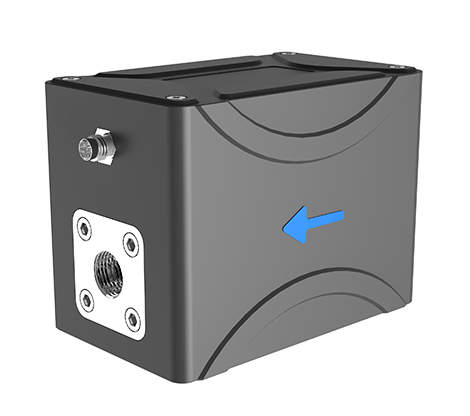In the world of machinery and equipment, the presence of oil debris wear is a common concern for maintenance and reliability professionals. Oil debris wear refers to the generation of particles in lubricating oil due to mechanical wear within the equipment. These particles can vary in size, quantity, and properties, and their analysis can provide crucial insights into the health and condition of the machinery. Understanding the typical characteristics and description of oil debris wear is essential for effective maintenance and predictive analysis. In this article, we will delve into the significance of oil debris wear, its typical characteristics, and the role of the YPM8 oil wear debris sensor in monitoring and analyzing wear debris particles in oil.
Importance of Oil Debris Wear
Oil debris wear is a critical indicator of the condition of machinery and equipment. It is a well-established fact that most mechanical failures are attributed to mechanical wear. The debris particles generated by wear in oil serve as a true reflection of the wear condition of the equipment. By analyzing the lubricating oil debris, maintenance professionals can gain valuable insights into the health of the equipment and use it as a basis for diagnosing and predicting equipment failures. The presence of excessive or abnormal wear debris in the oil can indicate potential issues within the machinery, making it imperative to monitor and analyze oil debris wear regularly.
What does the YPM8 oil wear debris sensor do?
The YPM8 oil wear debris sensor is a cutting-edge online sensor designed to precisely test the quantity, size, and properties of wear debris particles in oil. This advanced sensor is equipped with state-of-the-art technology that enables it to accurately detect and analyze wear debris, providing real-time data for maintenance and reliability professionals. By utilizing the YPM8 sensor, organizations can proactively monitor the wear debris in their machinery, allowing for timely maintenance interventions and predictive analysis. The sensor’s ability to capture and analyze wear debris particles makes it an indispensable tool for ensuring the optimal performance and longevity of equipment.
How to use the YPM8 oil wear debris sensor for mechanical wear debris analysis
The typical characteristics of oil debris wear encompass a range of factors that are crucial for understanding the wear condition of machinery. These characteristics include the size distribution of wear particles, the quantity of debris present in the oil, and the properties of the particles such as composition and morphology. The YPM8 oil wear debris sensor excels in capturing these typical characteristics with precision, providing comprehensive data that aids in assessing the wear condition of equipment. By leveraging the capabilities of the YPM8 sensor, organizations can gain a deeper understanding of the specific characteristics of oil debris wear within their machinery, enabling informed decision-making and proactive maintenance strategies.
Measurements:
| Indicator | Measurement range |
| Ferromagnetic Particle diameter (μm)Five channels >40μm | 40~99μm; 100~199μm; 200~299μm; 300~399μm; ≥400μm |
| Non-Ferromagnetic Particle diameter (μm)Five channels >150μm | 150~199μm; 200~299μm; 300~399μm; 400~499μm≥500μm |
| Total number of wear particles | Fe + Non-Fe |
| Accuracy: detection rate is not less than 80% | |
| Estimated flow rate | 0.01~3m/s |
| Particle Detection Rate | ≤100 particles/sec |
In conclusion, oil debris wear is a significant aspect of equipment maintenance and reliability, and its analysis plays a pivotal role in ensuring the operational efficiency and longevity of machinery. The YPM8 oil wear debris sensor stands as a powerful solution for monitoring and analyzing wear debris particles in oil, offering valuable insights into the wear condition of equipment. By understanding the typical characteristics of oil debris wear and harnessing the capabilities of the YPM8 sensor, organizations can elevate their maintenance practices, mitigate potential failures, and optimize the performance of their machinery. Embracing advanced technologies such as the YPM8 sensor is instrumental in achieving proactive maintenance and enhancing the reliability of industrial equipment.

